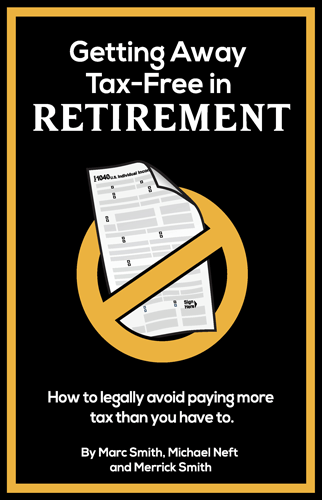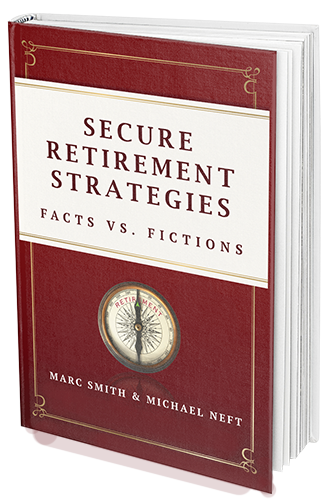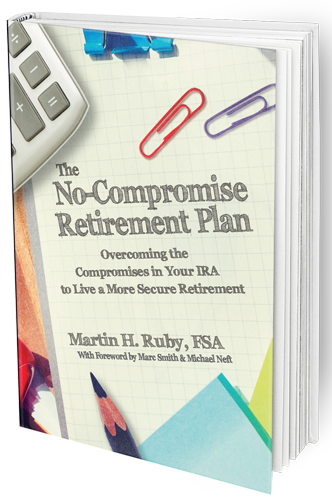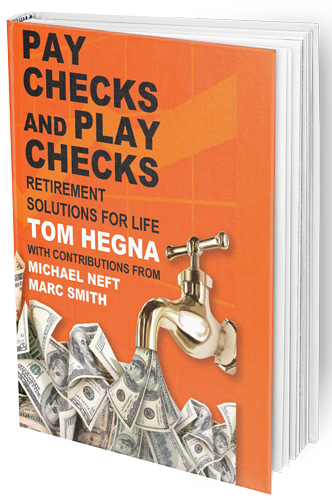Required Minimum Distributions and Your Retirement Strategy
As of the writing of this post, the U.S. House of Representatives has passed what is being billed as the SECURE Act 2.0. This will almost certainly bring updates to the how we currently strategize with our clients on the best options for them in retirement.
However, it’s good to review what the requirements the original SECURE Act brought about, specifically with regards to required minimum distributions.
Lou Aarons, managing partner at Secure Retirement Strategies, explains more in this SRS Short video explainer. Take a look!
Transcript:
Hi, Lou Aarons again, one of the partners here at Secure Retirement Strategies, and I want to talk to you about required minimum distributions. That age where the IRS requires you to start taking money out of your IRA account. Now the SECURE Act, which took effect on January 1st, 2020, increased the starting age for required minimum distributions from that magical 70 and a half to age 72.
So as long as you were under age, 70 and a half on January 1st of 2020, you don’t have to start until the year in which you turn 72. At that point, they’re going to look at the December 31st balance in the prior year. And they’re gonna make you take out 3.91%. Now that percentage increases every year as you get older, so be ready for that.
If also you decide, “Oh, I’m not so sure that I want to necessarily take this required minimum distribution,” I don’t suggest that you do that because the IRS penalizes you 50%. Yes. That’s 5-0%. The IRS says, “For all those years you don’t have to pay tax, now you have to start.”
So the year you turn 72, you have to look at those IRA balances. Start by taking out 3.91%. You can spend it. You can invest it. You can do with it, whatever you want. However you have to pay tax on it. That’s the required minimum distribution.







